It is no secret that the EU urgently needs to ramp up military output, as announced by the EU Commission in march 2025in March 2025. However, this will take years, if not decades. In the short term, EU capabilities remain highly constrained without US support.
Despite these challenges, there is an immediate course of action available to the EU’s “coalition of the willing”: leveraging existing stockpiles through rapid deployment. This is known as Military Mobility (MM), a key priority outlined in the White paper for European defence – Readiness 2030 as one of the seven “priority areas” is precisely MM.
What is Military Mobility? For the European Commission, Military Mobility’s goal is to ensure swift and seamless movement of military personnel, materials and assets within and beyond the EU, at short notice and on a large scale.
MM is of increasing strategic importance as it is the fastest way to demonstrate deterrence and military readiness. Among the various components of MM, the most immediate improvements (achievable in weeks or months) lie in digitalisation and cybersecurity.
Due to the complex new geopolitical situation surrounding the Ukraine invasion by Russia and the new approach of the US administration on strategic alliances, the EU has decided to massively increase its defence strength and reduce its reliance on the US.
EU strategic autonomy from the US in defence has commenced on all fronts, but it will take a few years to a few decades to produce the expected outputs due to the extremely complex nature of the sector. Even one of the fastest possible output increases, ammunition, could take 10 to 20 months to materialise, from budget allocation, order, production to delivery to MoD clients.
Unfortunately, the EU timeframe for military harmonisation and increased output (years and decades) is not compatible with the urgency of immediate deterrence in the Ukraine conflict (weeks and months).
In this context Ditecfer railways cluster (IT) on behalf of ERCI (Eu Rail Clusters) organised a conference hosted by Port of La Spezia (IT) on 26/02/25 “ERCI Taskforce on Military Mobility”
One of the most interesting parts was the round table, where private defence giants such as Leonardo and Thales participated in collaborative talks about the needs and opportunities of a wide spectrum effort on MM. For a more detailed article on the sessions, please click here.
Certifydoc, as a member of Inmove railways cluster (ES), presented its new concept of data interoperability for MM sharing, the technical presentation session with the likes of Port of la Spezia SWIFTRAIL TEN-T EU funded project and other institutional and private sector experts.
In this context, Mario Scalabrino – Certifydoc’s CEO, presented an experimental innovative approach through a software service to speed up the simulation and implementation of MM from day one. This service is called “Interoperable MultiModal Transportation Tracker” (IMMTT). Its flexibility and modularity ensure that all stakeholders have complete control over what they share, each with the required level of cybersecurity based on data risk level. The common data repositories are cybersecure by nature (e.g., public blockchains and/or secure EU data spaces). Connectors are provided to integrate seamlessly with every organisation’s platform.
This concept overcomes the resistance and reluctance organisations have to share data and allows military data to follow their protocols as if they were in common radio communications.
Once the data are transformed into interoperable data, governance policies are applied to achieve “selective confidential public data”. This means that even if the data are publicly published, part of them are in clear text, part are encrypted for a selected audience (e.g., Armed Forces), and other parts are encrypted for other audiences (e.g., Customs, Railways, Ports). Every step is published rapidly as in a ledger, it is concatenated, thus track and tracing of MM is ensured.
The result is a secure, interoperable, immediate way to publish concatenated data for every MM action, where verification is public and immediate for every stakeholder involved, ensuring operational efficiency, collaboration, cybersecurity, and Command and Control.
Not surprisingly, this immediate data verification might enable one of the key obstacles highlighted by the EU Commission in previous MM actions: the absence of a single point of contact between tens of international public and private organisations.
IMMTT can provide the established point of contact with real-time data of each MM action and enable it to harmonise and speed up communications and dual-use transportations.
We believe that the solution to provide the whole stakeholder MM chain with sufficient incentive to share the data can be achieved with IMMTT.
A new concept and system ready to start simulations and real actions on EU MM is available right here, right now.
Mario Scalabrino
Latest posts by Mario Scalabrino (see all)
- Certifydoc for ERCI Task Force on “Military Mobility” - 22/03/25
- Press release – UPC Confirms Verified Legal Value of Certifydoc’s Certifications - 08/01/25
- Tech Barcelona. Interview with Mario Scalabrino Certifydoc - 10/11/23
- 2/7. It is also a distributed ledger - 08/09/23
- 1/7. It is an infrastructure - 11/06/23
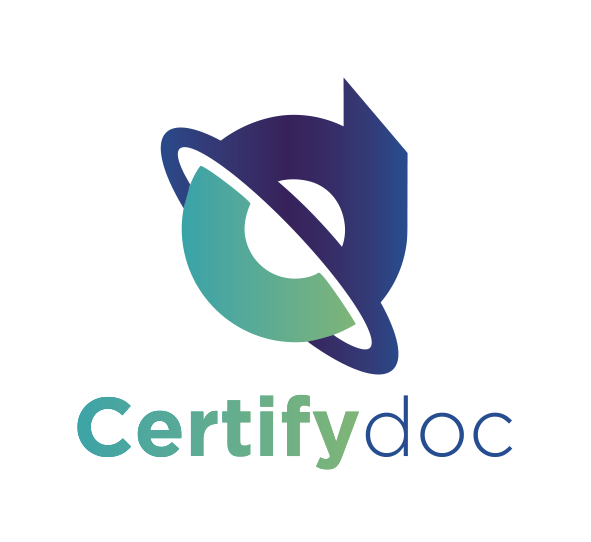



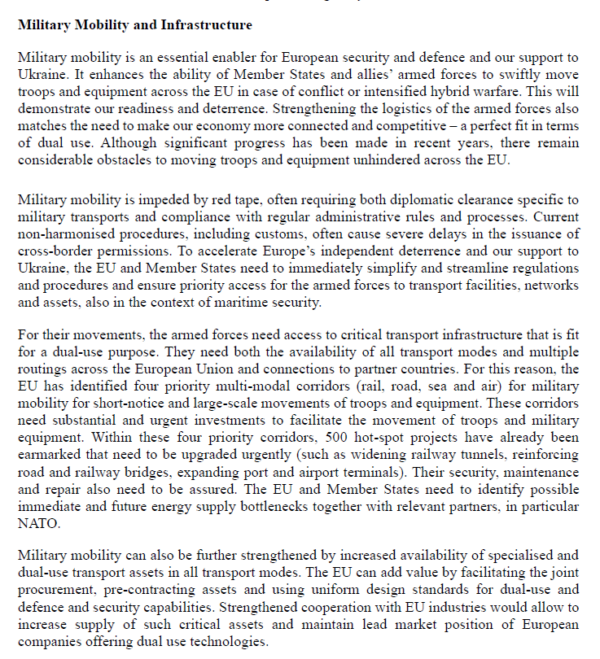
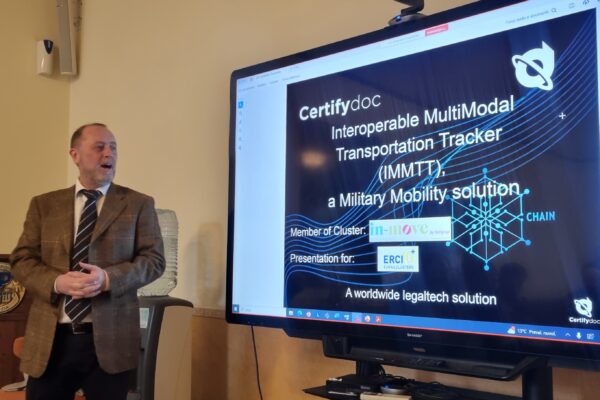
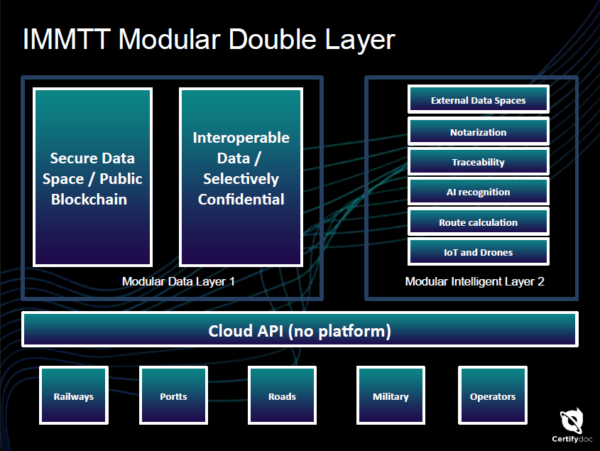
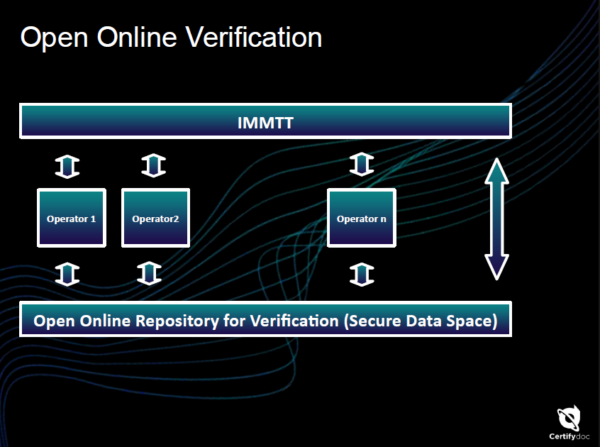
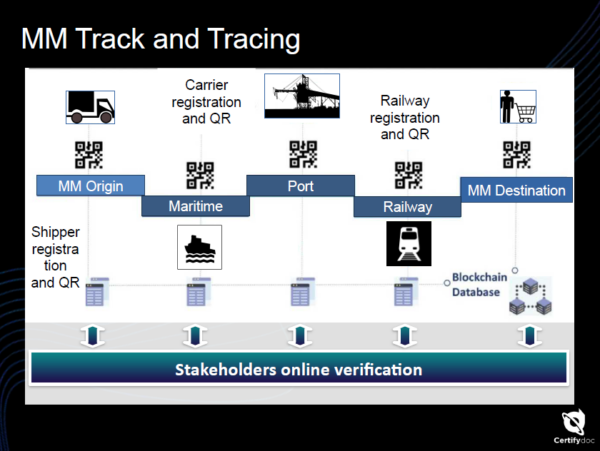
Recent Comments